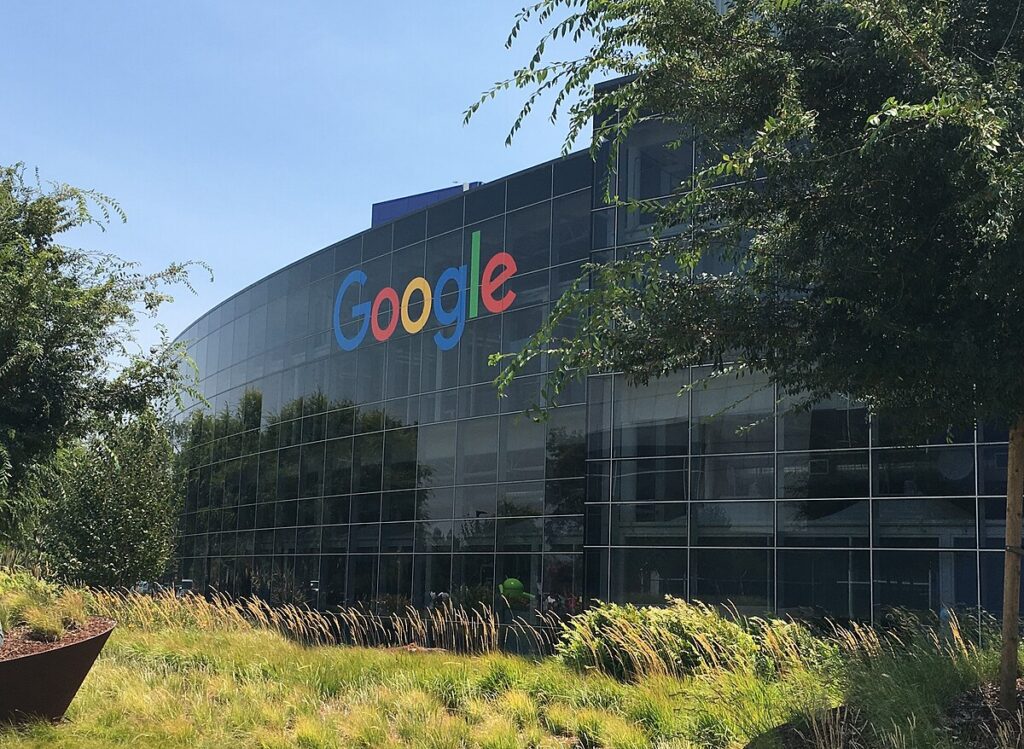Google vs. Yahoo: Deciphering the Strategies Behind Google’s Ascendancy

Google vs. Yahoo: Deciphering the Strategies Behind Google’s Ascendancy. In the late 1990s, Yahoo stood as a dominant force in the burgeoning internet landscape, offering a curated directory of websites that guided users through the vastness of the web. Around the same time, Google emerged with a mission to “organize the world’s information and make it universally accessible and useful.” This foundational difference in approach set the stage for a rivalry that would see Google not only surpass but redefine the standards of internet search and services.
Authenticity and Clear Mission
Google’s founders, Larry Page and Sergey Brin, articulated a clear and unwavering mission from the outset. This clarity provided a consistent direction, ensuring that every innovation and service aligned with their core purpose. In contrast, Yahoo struggled with defining its identity. Over the years, the company underwent numerous rebranding efforts, each reflecting a shift in focus—from a search directory to a media company and beyond. This lack of a definitive brand purpose led to internal confusion and diluted their market positioning.
Lesson for Entrepreneurs: Establish a clear and authentic mission for your venture. A well-defined purpose not only guides strategic decisions but also resonates with consumers, fostering loyalty and trust.

Strategic Focus and Innovation
Google’s ascent can be attributed to its relentless focus on innovation. The company invested heavily in developing algorithms that delivered faster, more relevant search results, setting a new standard for user experience. Their commitment to continuous improvement led to the development of products like Gmail, Google Maps, and the Android operating system, each revolutionizing its respective domain. Yahoo, conversely, adopted a more reactive approach. Instead of pioneering new technologies, they often responded to market changes, which positioned them as followers rather than leaders.
Lesson for Entrepreneurs: Prioritize innovation and stay ahead of market trends. Being proactive rather than reactive allows your brand to lead in its industry and set benchmarks for competitors.
Resilience Through Data-Driven Decisions
Google’s data-centric culture empowered it to make informed decisions, optimizing its services based on user behavior and feedback. This resilience in refining their offerings ensured they remained relevant and user-friendly. Yahoo’s approach lacked this agility. Their decisions were often influenced by short-term gains or external pressures, leading to missteps like the acquisition of GeoCities and the failed attempt to merge with Microsoft. These moves, rather than strengthening the company, diverted focus from core competencies.
Lesson for Entrepreneurs: Cultivate resilience by grounding decisions in data and remaining adaptable. Understanding your audience and being willing to iterate on your offerings can safeguard against market volatility.

Growth Through Strategic Acquisitions and Partnerships
Google’s growth strategy included strategic acquisitions that complemented and enhanced its core services. Purchases like YouTube and Android expanded their ecosystem, creating a seamless integration of services that kept users within the Google environment. Yahoo also pursued acquisitions, but many lacked strategic alignment, leading to challenges in integration and unclear value propositions. For instance, the acquisition of Tumblr did not yield the expected synergies, highlighting a misalignment in audience and content strategy.
Lesson for Entrepreneurs: Align growth initiatives with your core mission. Strategic partnerships and acquisitions should complement your offerings and provide clear value to your customers.
Innovative Approaches and User-Centric Design
Google’s minimalist homepage design was a departure from the cluttered portals of its competitors. This user-centric approach prioritized speed and efficiency, enhancing the user experience. Additionally, Google’s AdWords program revolutionized online advertising by making it accessible to businesses of all sizes, thereby democratizing digital marketing. Yahoo’s interface, laden with various services and advertisements, often overwhelmed users, detracting from the search experience.
Lesson for Entrepreneurs: Embrace innovation that enhances user experience. Simplicity and accessibility can differentiate your brand and foster user loyalty.
Actionable Insights for Aspiring Entrepreneurs
- Define Your Mission: A clear and authentic mission serves as a compass, guiding strategic decisions and fostering brand loyalty.
- Innovate Proactively: Invest in research and development to stay ahead of market trends and set industry standards.
- Make Data-Driven Decisions: Leverage data to understand your audience and refine your offerings, ensuring relevance and user satisfaction.
- Pursue Strategic Growth: Align acquisitions and partnerships with your core mission to enhance value and ensure seamless integration.

The article of Google surpassing Yahoo underscores the importance of a clear mission, strategic focus, resilience, and innovation. By internalizing these lessons, entrepreneurs can build brands that not only achieve success but also stand the test of time.




